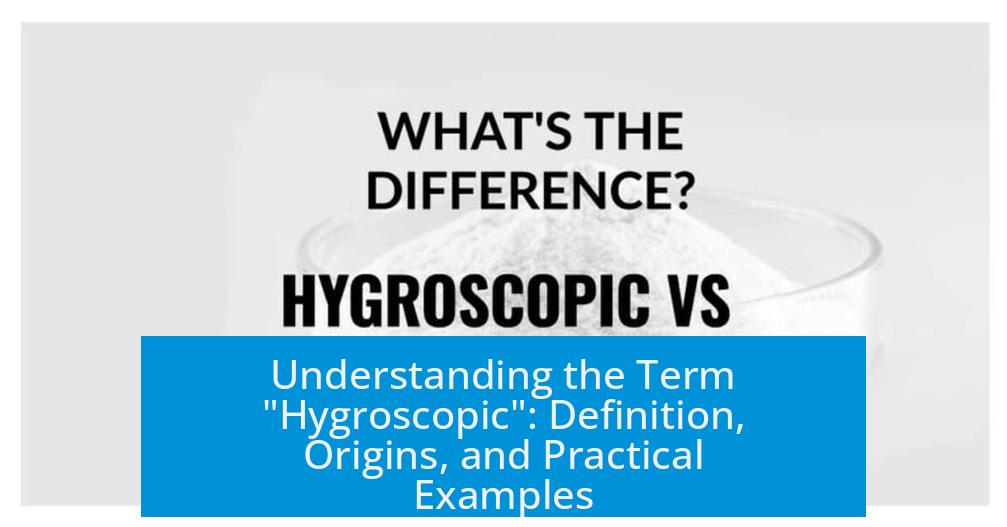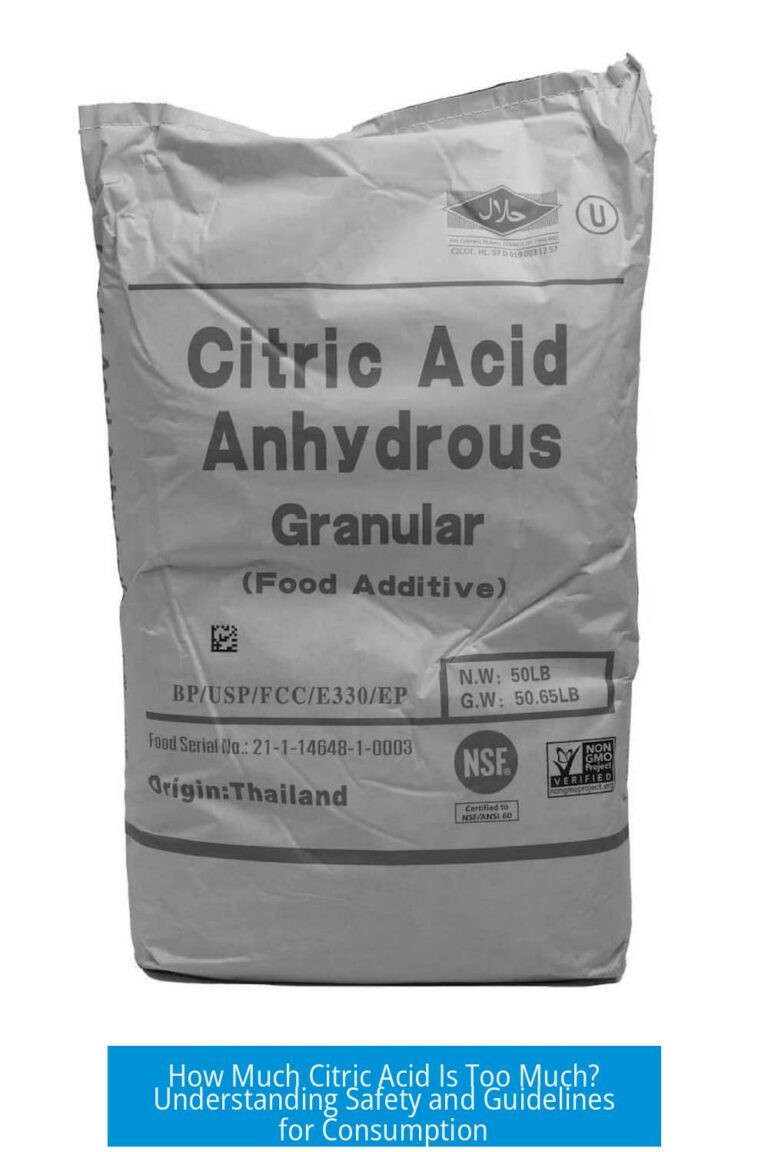Demystifying the Term “Hygroscopic”

The term “hygroscopic” refers to a substance’s ability to attract and retain moisture from its surroundings. It describes materials that absorb water vapor but do not necessarily dissolve in it. This property plays a critical role in chemistry, material science, and everyday phenomena involving moisture interaction.
Definition and Core Concept
Hygroscopic substances draw moisture from the air to varying extents. The degree of absorption may range from slight to substantial, but the defining trait is moisture retention rather than complete dissolution.
Origins and Etymology
The word “hygroscopic” combines the Greek roots hygro-, meaning moisture, and -scopy, originally associated with observation. In the late 18th century, “hygroscope” denoted instruments using moisture-sensitive materials, like animal hairs, that changed shape with humidity. These materials were termed hygroscopic due to their suitability for these devices.
Over time, the usage of “hygroscope” faded, but the adjective “hygroscopic” survived, evolving to describe materials that tend to retain moisture rather than instruments.
Distinction from Related Terms
- Hygroscopic: Attracts moisture but remains in solid form.
- Deliquescent: Absorbs enough water to dissolve itself into a liquid solution.
For instance, sodium hydroxide is deliquescent; it absorbs moisture so extensively that it liquefies. This distinction helps in categorizing substances based on moisture interaction intensity.
Practical Implications and Examples
Hygroscopicity affects storage and handling of chemicals and products. Some compounds, if stored improperly, may absorb moisture and change consistency, leading to clumping or liquid pooling, impacting quality and usability.
An everyday, humorous analogy refers to humans as becoming “hygroscopic” while exercising—our bodies attract moisture through sweat, showing a natural moisture interaction.
Common Confusions
The prefix hygro- relates to moisture, while hydro- refers to water broadly. People often confuse these, but “hygroscopic” correctly denotes moisture affinity, not “hydroscopic.” Instruments like hygrometers measure atmospheric moisture without mixing with fluids, differing from hydrometers, which measure liquid density.
Key Takeaways
- Hygroscopic materials attract and retain moisture but usually remain solid.
- Originates from terms describing early humidity measurement devices.
- Distinct from deliquescent substances that absorb enough moisture to dissolve.
- Relevant in industrial, chemical, and environmental contexts for moisture control.
- Common linguistic confusion exists between “hygro-” and “hydro-“.
What exactly does “hygroscopic” mean?
Hygroscopic refers to a substance that attracts and holds moisture from the air. It does not mean it dissolves, just that it retains some amount of water.
How is a hygroscopic material different from a deliquescent one?
Both absorb water, but deliquescent materials take in so much that they dissolve and form a liquid. Hygroscopic substances absorb moisture but stay solid.
Where does the term “hygroscopic” come from?
Originally, it described materials used in devices called hygroscopes that measured humidity by changing size or shape when damp. The term evolved to mean moisture-retaining.
Is “hygroscopic” related to “hydro” since both involve water?
No, hygroscopic comes from “hygro-” meaning moisture, while “hydro-” relates to liquid water. The words are often confused, but they differ in meaning and spelling.
Can living things like humans be hygroscopic?
Humans can attract moisture, especially through sweat, but calling us hygroscopic is more of a humorous analogy than a scientific description.





Leave a Comment